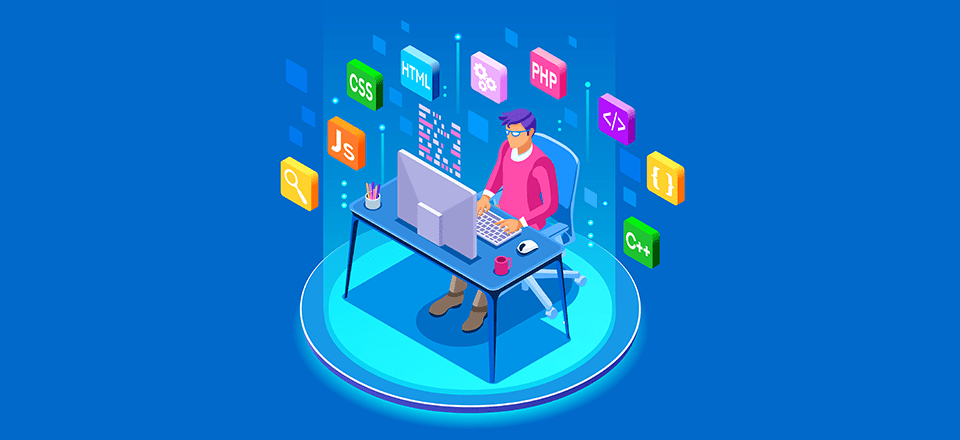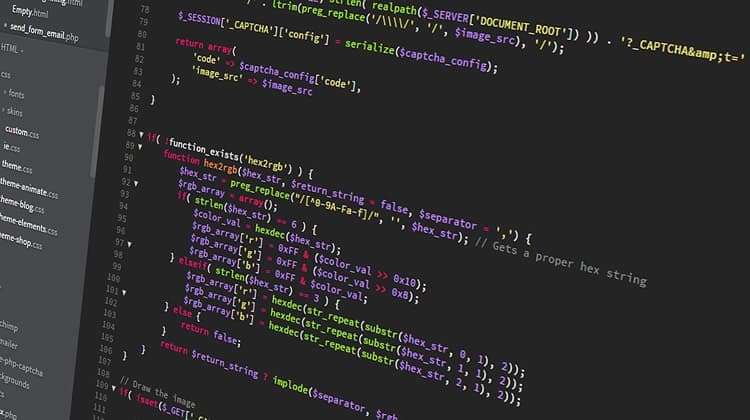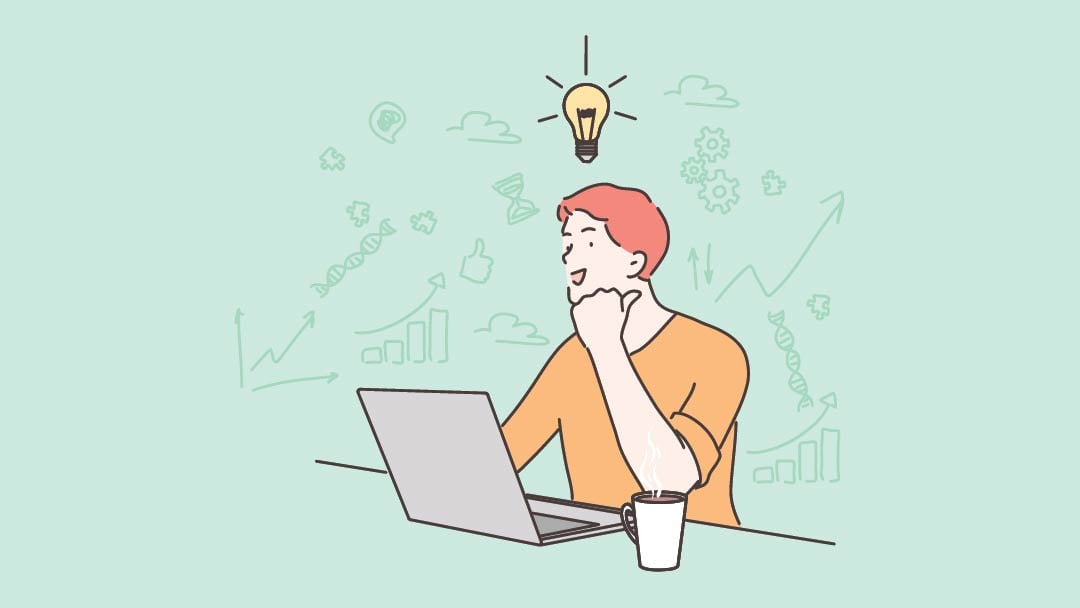All Categories
Featured
Table of Contents
- – Web Design Services By Freelance Website Desig...
- – Web Design Vs. Web Development - Upwork Tips ...
- – Web Design Services - Verizon Small Business ...
- – Web Design - Wikipedia Tips and Tricks:
- – Modern Website Designs - Best Web Page Design...
- – 10 Good Deeds In Web Design - Nielsen Norman ...
- – What Can I Do With A Web Design And Developm...
- – What Is Web Design? - Interaction Design Fou...
- – Penner Home - Durham Web Design - Penner Web...
- – The Top 10 Most Important Elements Of A Webs...
- – Siteinspire - Web Design Inspiration Tips an...
Web Design Services By Freelance Website Designers - Fiverr Tips and Tricks:
Quick summary Use and the utility, not the visual design, determine the success or failure of a site. Because the visitor of the page is the only individual who clicks the mouse and therefore decides everything, user-centric style has established as a standard approach for effective and profit-oriented web style - web design frederick md.
and the utility, not the visual design, figure out the success or failure of a site. Since the visitor of the page is the only individual who clicks the mouse and therefore decides everything, user-centric style has actually become a standard method for effective and profit-oriented website design. After all, if users can't utilize a function, it might too not exist.
g. where the search box must be positioned) as it has actually currently been performed in a variety of articles; instead we concentrate on the techniques which, utilized properly, can cause more sophisticated design decisions and streamline the process of perceiving provided information. Please discover that you may be thinking about the usability-related posts we've released before: Principles Of Great Site Design And Reliable Website Design Guidelines, In order to utilize the concepts properly we initially need to comprehend how users interact with websites, how they think and what are the basic patterns of users' habits.
Web Design Vs. Web Development - Upwork Tips and Tricks:
Visitors glimpse at each brand-new page, scan a few of the text, and click the first link that catches their interest or slightly looks like the thing they're trying to find. In truth, there are big parts of the page they do not even look at. A lot of users look for something fascinating (or useful) and clickable; as quickly as some appealing candidates are discovered, users click.
If a page provides users with top quality material, they are ready to jeopardize the content with advertisements and the style of the site. This is the reason that not-that-well-designed sites with premium content gain a lot of traffic over years. Material is more vital than the style which supports it.

Users do not check out, they scan. Notification how "hot" locations abrupt in the middle of sentences. This is normal for the scanning process. Really simple principle: If a site isn't able to fulfill users' expectations, then designer stopped working to get his task done properly and the business loses cash. The higher is the cognitive load and the less intuitive is the navigation, the more willing are users to leave the website and search for alternatives.
Web Design Services - Verizon Small Business Essentials Tips and Tricks:
Neither do they scan website in a linear fashion, going sequentially from one website area to another one. Instead users satisfice; they choose the first affordable alternative. As quickly as they find a link that seems like it might result in the goal, there is a really great possibility that it will be right away clicked.
It doesn't matter to us if we understand how things work, as long as we can use them. If your audience is going to act like you're creating billboard, then design fantastic signboards." Users wish to have the ability to manage their browser and rely on the constant data discussion throughout the website.
If the navigation and website architecture aren't user-friendly, the number of question marks grows and makes it harder for users to understand how the system works and how to get from point A to point B. A clear structure, moderate visual clues and quickly recognizable links can help users to discover their path to their goal.
Web Design - Wikipedia Tips and Tricks:

claims to be "beyond channels, beyond items, beyond distribution". What does it suggest? Considering that users tend to check out sites according to the "F"-pattern, these three statements would be the first elements users will see on the page once it is loaded. Although the style itself is simple and intuitive, to comprehend what the page has to do with the user needs to browse for the response.
Once you have actually accomplished this, you can communicate why the system is helpful and how users can benefit from it. Don't Misuse Users' Perseverance, In every project when you are going to provide your visitors some service or tool, attempt to keep your user requirements very little.
Newbie visitors are willing to, not filling long web forms for an account they might never ever use in the future. Let users check out the site and discover your services without requiring them into sharing private data. It's not sensible to require users to go into an e-mail address to test the function.
Modern Website Designs - Best Web Page Designers Tips and Tricks:
And that's what you desire your users to feel on your web site. The registration can be done in less than 30 seconds as the type has horizontal orientation, the user does not even need to scroll the page.
A user registration alone is enough of an impediment to user navigation to cut down on inbound traffic. Manage To Focus Users' Attention, As websites offer both fixed and dynamic content, some elements of the user interface bring in attention more than others do.
Focusing users' attention to particular areas of the website with a moderate usage of visual aspects can assist your visitors to receive from point A to point B without thinking about how it actually is supposed to be done. The less enigma visitors have, the they have and the more trust they can develop towards the company the site represents.
10 Good Deeds In Web Design - Nielsen Norman Group Tips and Tricks:
4. Pursue Feature Exposure, Modern website design are usually criticized due to their technique of directing users with aesthetically appealing 1-2-3-done-steps, large buttons with visual impacts and so on. From the design perspective these components actually aren't a bad thing. On the contrary, such as they lead the visitors through the site content in a really simple and easy to use way.
The site has 9 main navigation options which are visible at the very first glance. The choice of colors may be too light. is an essential principle of successful user interface design. It does not actually matter how this is attained. What matters is that the material is well-understood and visitors feel comfortable with the way they connect with the system.
com gets straight to the point. No charming words, no overemphasized declarations. Rather a cost: simply what visitors are trying to find. An optimal option for reliable writing is touse short and succinct expressions (come to the point as rapidly as possible), usage scannable design (categorize the content, use multiple heading levels, use visual components and bulleted lists which break the circulation of consistent text blocks), usage plain and objective language (a promo doesn't require to seem like ad; offer your users some reasonable and objective reason they need to use your service or remain on your site)6.
What Can I Do With A Web Design And Development Degree? Tips and Tricks:
Users are hardly ever on a website to enjoy the style; in addition, for the most part they are looking for the information regardless of the style - web design frederick md. Strive for simplicity instead of complexity. From the visitors' viewpoint, the very best website design is a pure text, with no advertisements or additional content blocks matching exactly the inquiry visitors utilized or the content they've been trying to find.
Finch plainly presents the information about the website and offers visitors a choice of choices without overcrowding them with unnecessary content. 7. Don't Be Afraid Of The White Space, Actually it's truly hard to overestimate the significance of white area. Not only does it assist to for the visitors, however it makes it possible to perceive the details provided on the screen.
Complex structures are more difficult to check out, scan, evaluate and deal with. If you have the choice between separating two design sections by a visible line or by some whitespace, it's usually much better to utilize the whitespace option. (Simon's Law): the much better you manage to supply users with a sense of visual hierarchy, the much easier your material will be to view.
What Is Web Design? - Interaction Design Foundation (Ixdf) Tips and Tricks:
The very same conventions and rules should be used to all elements.: do the most with the least amount of hints and visual elements. 4 significant points to be considered: simplicity, clearness, distinctiveness, and emphasis. Simpleness includes only the aspects that are crucial for communication. Clearness: all elements must be developed so their meaning is not uncertain.
Conventions Are Our Buddies, Standard style of site components does not result in an uninteresting web site. It would be an use problem if all sites had various visual discussion of RSS-feeds.
comprehend what they're anticipating from a website navigation, text structure, search positioning etc. A case in point from use sessions is to translate the page in Japanese (assuming your web users do not understand Japanese, e. g. with Babelfish) and supply your usability testers with a task to discover something in the page of different language.
Penner Home - Durham Web Design - Penner Web Design ... Tips and Tricks:
Steve Krug suggests that it's better to, but benefit from conventions when you don't. 10. Test Early, Test Frequently, This so-called TETO-principle must be applied to every web design job as usability tests often offer into significant problems and problems associated with an offered design. Test not too late, not too little and not for the wrong reasons.
Some crucial points to bear in mind: according to Steve Krug, and testing one user early in the job is much better than screening 50 near the end. Accoring to Boehm's very first law, errors are most frequent throughout requirements and style activities and are the more costly the later they are removed.
That indicates that you create something, test it, fix it and then test it again. There may be issues which have not been discovered throughout the very first round as users were practically obstructed by other problems.
The Top 10 Most Important Elements Of A Website Design Tips and Tricks:

This holds for designers. After you've dealt with a site for couple of weeks, you can't observe it from a fresh point of view anymore. You know how it is constructed and for that reason you understand exactly how it works you have the knowledge independent testers and visitors of your website would not have.
It can be linked to other areas such as graphic style, user experience, and multimedia arts, but is more aptly seen from a technological viewpoint. It has become a big part of people's daily lives. It is difficult to picture the Web without animated graphics, various designs of typography, background, videos and music.

Throughout 1991 to 1993 the World Wide Web was born. Text-only pages could be seen using a simple line-mode browser. There had actually been no integrated method to graphic design aspects such as images or sounds.
Siteinspire - Web Design Inspiration Tips and Tricks:
The W3C was produced in October 1994 to "lead the World Wide Web to its full capacity by establishing common procedures that promote its advancement and guarantee its interoperability." This dissuaded any one company from monopolizing a propriety internet browser and shows language, which could have altered the effect of the Internet as a whole.
As this has actually occurred the innovation of the web has actually likewise proceeded. There have likewise been significant changes in the method people use and access the web, and this has changed how websites are developed. Considering that the end of the browsers wars [] brand-new internet browsers have actually been released. A lot of these are open source implying that they tend to have much faster development and are more supportive of brand-new requirements.
Learn more about Lovell Media Group LLC or TrainACETable of Contents
- – Web Design Services By Freelance Website Desig...
- – Web Design Vs. Web Development - Upwork Tips ...
- – Web Design Services - Verizon Small Business ...
- – Web Design - Wikipedia Tips and Tricks:
- – Modern Website Designs - Best Web Page Design...
- – 10 Good Deeds In Web Design - Nielsen Norman ...
- – What Can I Do With A Web Design And Developm...
- – What Is Web Design? - Interaction Design Fou...
- – Penner Home - Durham Web Design - Penner Web...
- – The Top 10 Most Important Elements Of A Webs...
- – Siteinspire - Web Design Inspiration Tips an...
Latest Posts
Web Design Tools & Software - Webflow Tips and Tricks:
Beginner's Guide: How To Learn Web Design At Home - Medium Tips and Tricks:
Arch Web Design: Top-rated Web Design Agency For Saas ... Tips and Tricks:
More
Latest Posts
Web Design Tools & Software - Webflow Tips and Tricks:
Beginner's Guide: How To Learn Web Design At Home - Medium Tips and Tricks:
Arch Web Design: Top-rated Web Design Agency For Saas ... Tips and Tricks: